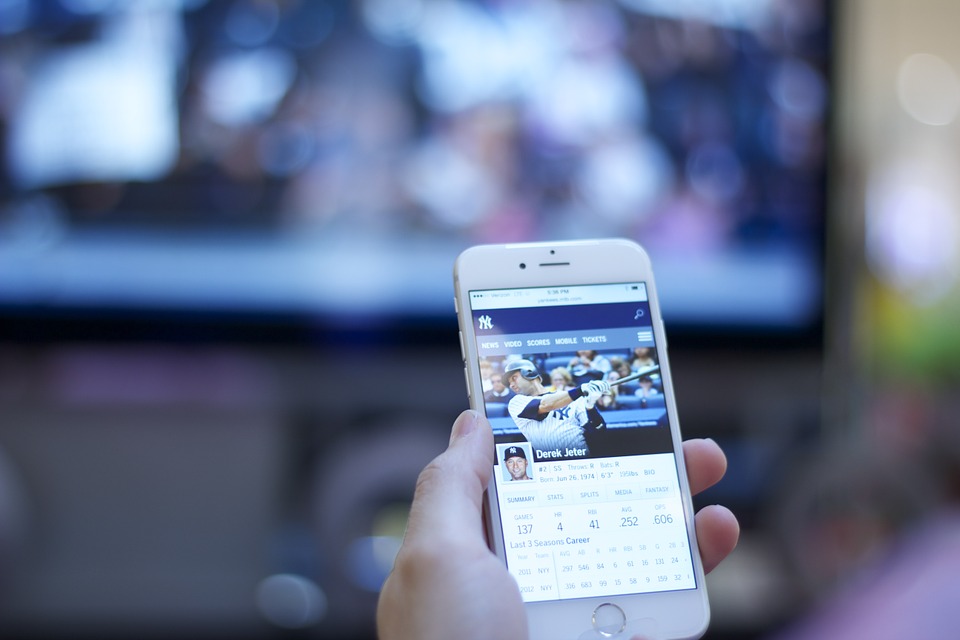Human beings are incredibly competitive. Whether we know it or not, we’re always finding ways to either beat our goals, other people, or our previous records. In every recorded civilization in history, people have played games and sports as a form of friendly competition. The Ancient Greeks invented the Olympics, the Ancient Romans had chariot racing and gladiators, and the Aztecs had a basketball-like game called Tlachtli. Let’s see here how will technology affect the way we follow sports in the future.
Today, sport is a life-long passion for several billion people. Allegiances to clubs and teams are passed down from generation to generation, and many people build friendships through a shared love for a particular club.
Around 60 years ago, a new technology revolutionized the way fans could enjoy their favorite sports. Television brought games into their homes, introduced new revenue for leagues, and created the giant industry we know today.
However, just as technology changed sport back then, it looks set to change the way we follow games again today.
More Data to Inform Fans
In some sports like the NFL, fans love stats and data. They want to know the average yards per rush attempt each player has, how many passing attempts they’ve made, how many times they’ve fumbled, and how many passes they’ve intercepted.
Knowing this data can help them better predict what’s going to happen in the game, something that is especially helpful if they’re going to be betting on the NFL or taking part in a fantasy football league.
For a long time, these stats were collected by a team of spotters located around the field. At the Euro 2020 tournament, UEFA will employ hundreds of people to calculate these stats so that they can be displayed on television feeds.
However, technology is beginning to create new opportunities in this area. In Formula 1, fans can download a smartphone app that they can use while watching the race on TV. It shows them the live timing data that’s collected from the circuit, a GPS map of the track and the position of each drive, and other key data from the cars. For diehard fans, this allows them to get a much better picture of what’s going on.
Similar systems are being rolled out in the NHL and NBA, with other sports leagues expected to embrace the technology in the coming years. The NHL is already using iPads with specially designed apps that each coach uses during games to see the “hotspots” that each player stays, their speed, and other vital data that can help them to make better decisions.
New Levels of Convenience
Before television, the only way to watch a game would be at the stadium. Alternatively, you’d have to listen to a game on the radio or wait for the results in the newspaper the next day. TV added a new level of convenience that allowed fans to watch the game from the comfort of their own home.
However, if you were outside running errands, working, or enjoying the warm weather, you’d have no way to follow along.
Leagues are now developing their own streaming services, similar to Netflix and Amazon Prime Video that may eventually cut out the TV networks altogether. These services already let fans stream games live to their smartphones, computers, and TVs.
In England, the lower leagues of soccer have created their own service for fans. Subscriptions can be bought for a single game or an entire season, granted access to watch the games live or catch up later. The Premier League is also rumored to be developing its own “Premflix” service.
In the US, all the major leagues now have their own streaming services and it is very likely they’ll eventually use them to replace TV deals. These services would help fans save money while making even more for the leagues, simply by cutting out the middlemen.
This also comes with the added convenience of being able to watch while on the bus, the train, or sitting in the park.
